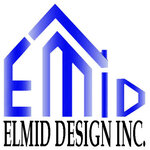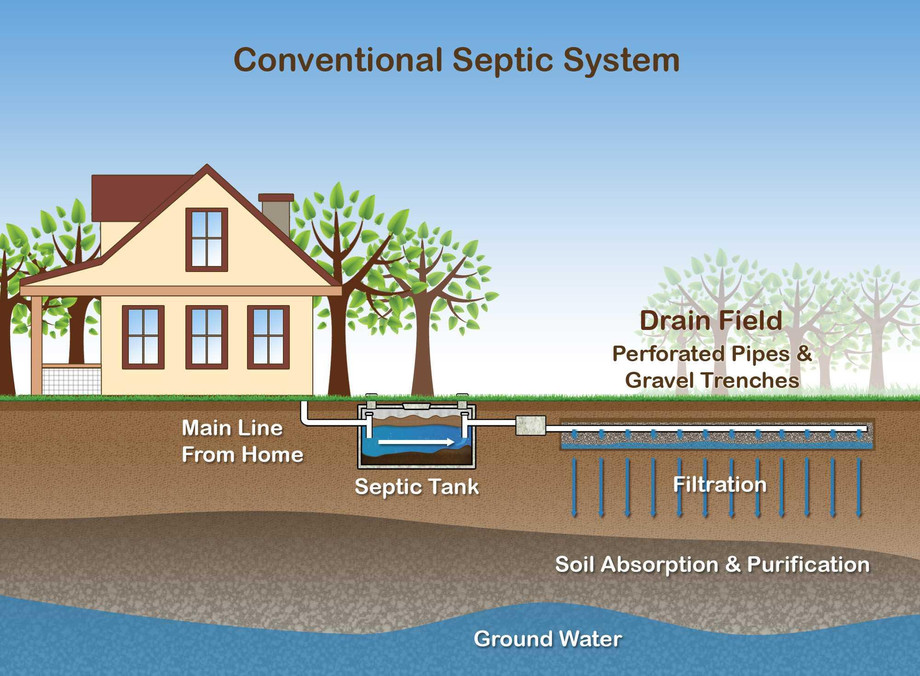Septic systems play a crucial role in managing household wastewater in areas without access to centralized sewer systems. Proper septic system design is essential to ensure efficient waste treatment while minimizing environmental impact. In this article, we will explore the key components and principles of septic system design, emphasizing the importance of sustainability and compliance with local regulations.
Understanding Septic Systems
A septic system consists of several components that work together to treat and dispose of household wastewater. These components typically include a septic tank, a drainfield, and the surrounding soil. Let's delve into each of these components and their role in the system:
Septic Tank: The septic tank is the first point of wastewater treatment. It separates solid waste from the liquid effluent through a natural settling process. Bacteria within the tank break down organic matter, converting it into sludge and scum. Regular maintenance and pumping are essential to prevent the accumulation of solids, which can lead to system failure.
Drainfield: After treatment in the septic tank, the liquid effluent flows into the drainfield, also known as a leach field. This is a network of perforated pipes buried in the soil. The effluent is distributed evenly across the drainfield, allowing it to percolate through the soil. Here, beneficial microorganisms further treat and purify the wastewater before it reenters the groundwater.
Designing an Efficient Septic System
Efficient septic system design requires careful planning and adherence to local regulations. Here are some key considerations:
Soil Evaluation: The type and quality of soil on your property can significantly impact the design of your septic system. Soil with good drainage properties is essential for effective wastewater treatment. A soil test can determine the suitability of your site for a septic system and inform the design process.
Proper Sizing: The size of the septic tank and drainfield should be determined based on the number of bedrooms in your home, daily water usage, and soil characteristics. An undersized system may lead to premature failure, while an oversized system may not function efficiently.
Location and Setback Requirements: Septic systems must comply with setback requirements from wells, water bodies, property lines, and buildings. Proper placement is crucial to prevent contamination of groundwater and surface water.
Maintenance Accessibility: Ensure that the septic tank and drainfield are easily accessible for regular maintenance and inspection. Accessibility is essential for pumping the septic tank and monitoring the system's performance.
Sustainability and Environmental Considerations
Sustainable septic system design focuses on minimizing environmental impact and maximizing resource efficiency. Here are some ways to achieve a more eco-friendly septic system:
Advanced Treatment Technologies: Consider incorporating advanced treatment technologies, such as aerobic treatment units or constructed wetlands, to enhance the purification of wastewater. These systems can reduce the environmental impact of septic systems.
Water Conservation: Implement water-saving fixtures and practices in your home to reduce the volume of wastewater generated. This can extend the life of your septic system and reduce the strain on local water resources.
Native Landscaping: Landscaping with native plants can help absorb excess moisture from the drainfield and improve soil filtration. Native plants are also adapted to the local climate, reducing the need for irrigation.
Regular Maintenance: Proper maintenance is essential for the longevity and efficiency of your septic system. Schedule routine inspections and pump the septic tank as recommended by local regulations.
Compliance with Regulations
Septic system design and installation must comply with local, state, and federal regulations. Failing to do so can result in environmental contamination, fines, and legal consequences. It is essential to work with a qualified septic system designer or contractor who is knowledgeable about the relevant regulations in your area.
For More Info:-
Building Permit in Richmond Hill






Comments